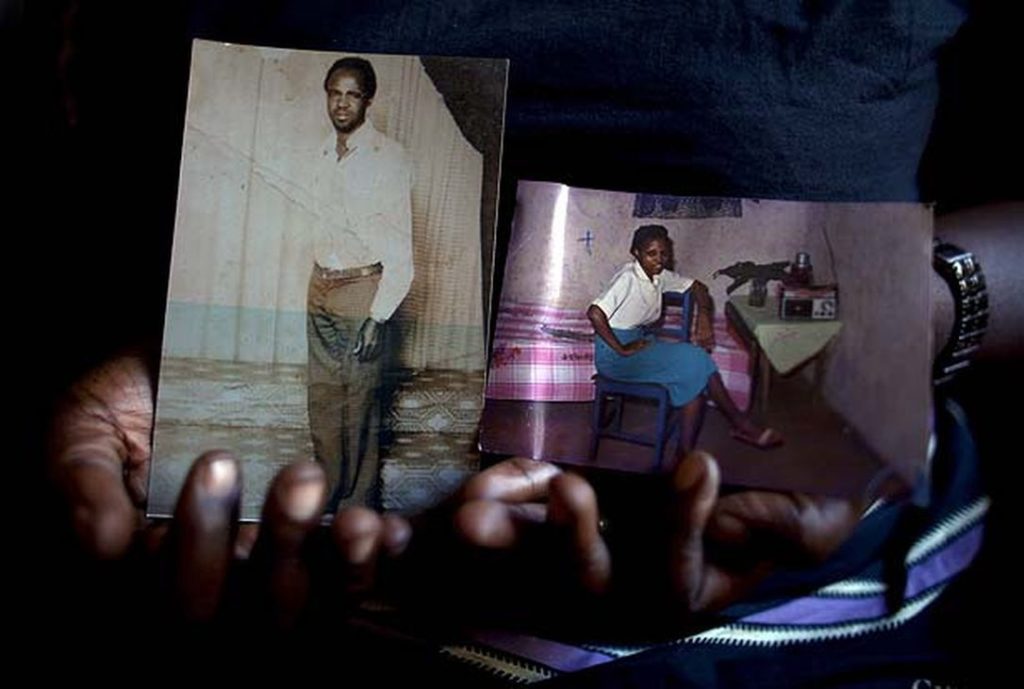
During April 1994, on quiet road in Kigali a group of neighbors in Rwanda were filmed. This was the opening days of the Genocide against the Tutsi in Rwanda, and even though almost one million people were slaughtered, remarkably there is only one known segment of footage showing any actual killing.
Iseta – Behind the Roadblock is a film about the extraordinary journey of that evidence as the original cameraman, Nick Hughes, returns to Rwanda, revisiting the people and events that he by chance caught on film. As the footage returns to the community, friends and family relive the tragic events as they work with the photographer to identify the victims, and then eventually the killers.
The film discovers a witness, a school master who survived because his ethnicity was written wrongly on his ID card as he stood with the killers at the roadblock, helpless; the mother of a victim hiding in the house, just
feet away, waiting endless minutes to be told her daughter is finally dead; the brother beaten senseless and lying in the ditch told kindly by his
friend, “let me beat you, but I will not kill you” while his sister dies beside
him; the looter who removed the doors from the victims houses as they were left to die – and most remarkably, the wife of the killer, who secretly carried two babies through the front line to save them before returning to her murderous husband.
Finally the search for the killers leads to the local court where on the last day a new arrest brings in the laughing militia leader and killer, caught on camera beating his neighbors to death.
The film (which includes graphic images of the killing, and footage of those killed) can be viewed online here:
Juan Reina and Eric Kabera, who together made the film, comment:
“…the genocide is revisited through this picture with our crew embarking on journey where they trace the relations to the victims in this picture. The cameraman revisits and finds people he never knew, preserved only in this work, revealing the compelling and dramatic story of the death of someone’s daughter, someone’s father, and someone’s mother’s.
Nick Hughes who recorded the atrocious last moments of their life, reveals to the families for the first time the perpetrators – neighbors of theirs, people they knew too well.
The event startles memories and wrath as the survivors relive how people died on spots only marked by their vivid recollection and memory.
As these families come together for the very first time to witness how their loved one’s died, memories emerge from the evident color of their clothing, small clues such as shoes and the people’s height, and from the crude implements used with astonishing speed and spirit to exterminate.”
Rwanda Cinema Centre
The remarkable story is recorded in more detail in a longform article by Allan Thompson, The father and daughter we let down.
